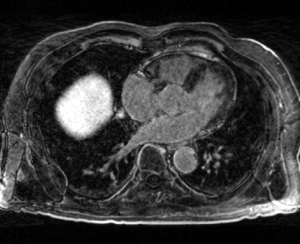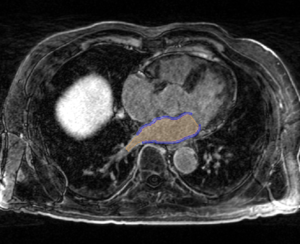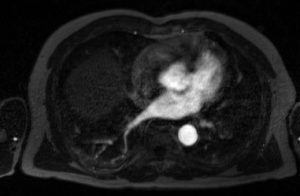Difference between revisions of "DBP3:Utah:RegCases"
From NAMIC Wiki
| Line 43: | Line 43: | ||
== Implementation == | == Implementation == | ||
| − | * We will develop a Slicer extension module with pre-defined registration parameters for each of the above scenarios | + | * We need to define a suitable set of registration parameters for each of the above cases |
| + | * We will develop a Slicer extension module with the pre-defined registration parameters for each of the above scenarios | ||
Revision as of 22:53, 2 April 2012
Home < DBP3:Utah:RegCasesBack to Utah AFib DBP
Background
- The CARMA Center uses late gadolinium enhanced MRI (LGE-MRI) images to evaluate new patients, predict procedural success, and evaluate therapeutic outcomes. The MRI images for each patient are further accompanied by MR angiographic images (MRA) and manual segmentations of relevant structures. These images are acquired longitudinally over the course of a patient's evaluation, treatment, and follow-up (i.e. months or years). Registration is often necessary to compare images from different time points in a patient's treatment, across patient cohorts at the same stage of disease progression or treatment, or different image types.
| LGE-MRI Image | Segmentation of LGE-MRI Image | MRA Image |
|---|---|---|
Registration Case Types
Longitudinal LGEs (typically, pre-ablation LGE to post-ablation LGE)
- Frequently, clinicians ask about the ability to directly compare the pre-ablation and post-ablation LGE scans
- Accurate registration of longitudinal LGE scans allows for assessment of disease progression, structural remodeling of the cardiac tissue, and ablation-induced lesion formation
LGE to MRA
- MRA scans present a hyper-enhanced LA blood pool, which is ripe for thresholding
- Registration of the MRA to the LGE could allow for initial guesses to an automated segmentation routine or rough endocardial segmentations
Pre-ablation MRA to Post-ablation MRA
- The ability to quickly threshold the MRA makes them attractive for rough endocardial segmentations, such as are used for shape analysis
- Alignment of MRAs could facilitate alignment of the label masks used for shape analysis
Pre-ablation LGE/Endo to Post-ablation LGE/Endo
- Combined the LGE images and manual segmentations can be used to improve the quality of registration
- Yi Gao previously developed a Slicer module to register pre- and post-ablation images driven by the LGE images/segmentations -> AFib Registration
Implementation
- We need to define a suitable set of registration parameters for each of the above cases
- We will develop a Slicer extension module with the pre-defined registration parameters for each of the above scenarios


